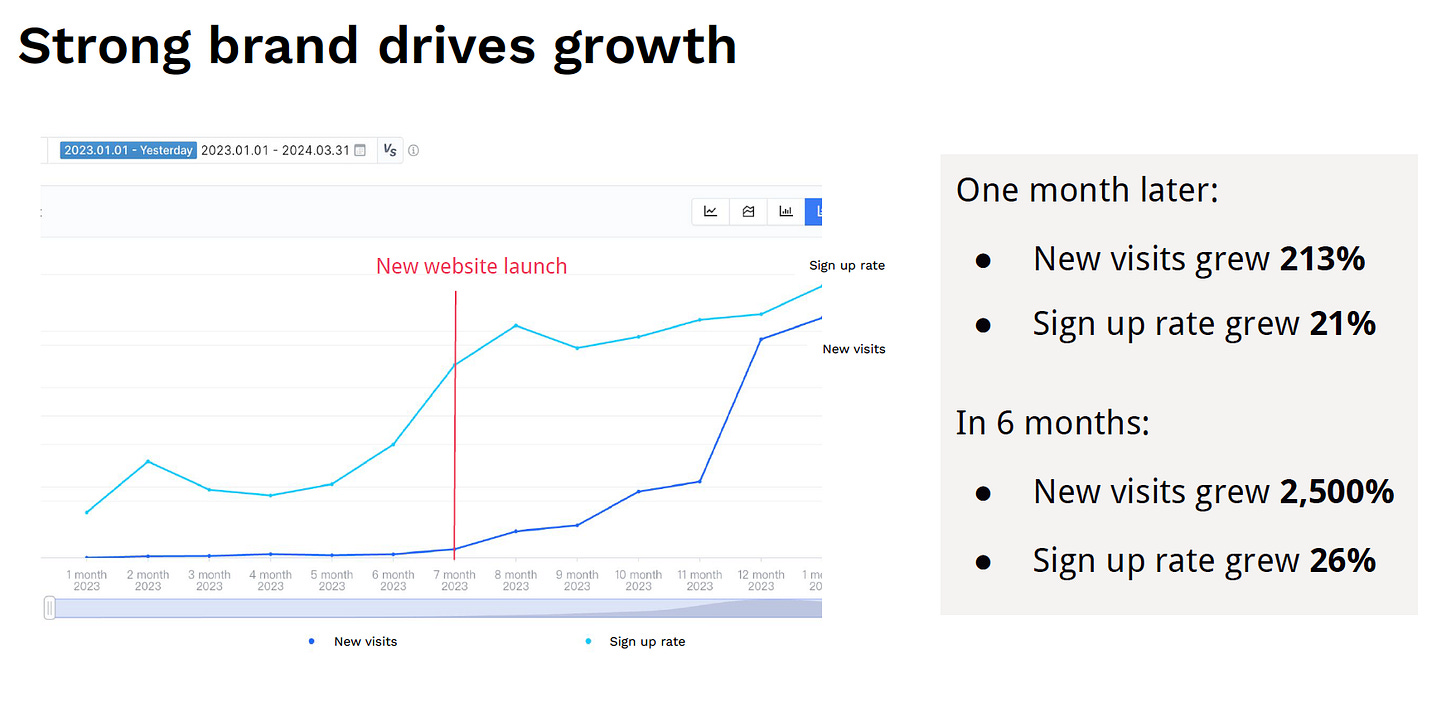The Shift from Outbound to Inbound Marketing: Trends for 2024 and Beyond
Introduction
In the ever-evolving landscape of digital marketing, businesses are increasingly moving away from traditional outbound strategies and focusing more on inbound marketing. This shift is driven by changes in consumer behavior, technological advancements, and the need for more cost-effective and targeted marketing approaches.
This post delves into the reasons behind this transition, the benefits of inbound marketing, and the trends that are shaping the future of marketing strategies in 2024 and beyond.
The Decline of Outbound Marketing
Outbound marketing, characterized by interruptive tactics such as TV ads, cold calling, and direct mail, has been the cornerstone of traditional marketing for decades. However, its effectiveness has been waning due to several factors:

Consumer Behavior: Modern consumers are increasingly resistant to interruptive marketing tactics. They prefer to research and make purchasing decisions on their own terms, often ignoring unsolicited advertisements.
”Statistics reveal that aggressive and intrusive advertising has caused 84% of millennials to leave a website.”Cost: Outbound marketing campaigns can be expensive, with high costs associated with media buying, production, and distribution.
Targeting: Outbound marketing often lacks the precision targeting that inbound marketing offers, leading to lower conversion rates and higher customer acquisition costs.
The Rise of Inbound Marketing
Inbound marketing, on the other hand, focuses on attracting customers through valuable content and experiences tailored to their needs. This approach is more aligned with the preferences of today's consumers and offers several advantages:
Cost-Effectiveness: Inbound marketing is generally more cost-effective than outbound marketing. According to SerpWatch,
inbound marketing saves 80% more on leads compared to outbound marketing and generates 3 times the leads.
Targeted Engagement: Inbound marketing allows businesses to target specific audiences more effectively through content marketing, SEO, and social media engagement.
Building Trust and Relationships: By providing valuable content that addresses the needs and interests of the target audience, inbound marketing helps establish trust, credibility, and long-term relationships with customers (TheeDigital).
Key Inbound Marketing Trends for 2024
1. Ethical Marketing and Data Privacy
Consumers are becoming more aware of their data rights, and businesses that prioritize transparency and data protection are more likely to build trust. Ethical marketing practices are gaining prominence, and companies that adopt these practices will have a competitive edge (THAT Agency).
2. Sustainability and Social Responsibility
Brands that align with social and environmental causes are capturing the hearts of consumers. Incorporating sustainability and social responsibility into marketing strategies can build strong connections with the audience (THAT Agency).
3. Content Personalization
Personalized content is becoming increasingly important. Businesses are leveraging data to create tailored experiences for their customers, enhancing engagement and conversion rates (THAT Agency).
4. Video Marketing
Short, engaging videos shared on social media and embedded in content are becoming central to inbound marketing plans. According to Insivia, 96% of B2B marketers plan to use more video in 2024 (MarketingScoop).
5. Conversational Marketing
Chatbots and virtual assistants are providing personalized experiences, making conversational marketing a must-have. Juniper Research predicts that conversational marketing spend will reach $19.7 billion by 2025 (MarketingScoop).
P.S. We’ve previously helped companies to set this up too, shoot me an email if you are interested in learning more!
6. Mobile Optimization
With over 50% of organic traffic now coming from mobile devices, fast and seamless mobile experiences are non-negotiable for inbound success (MarketingScoop).
7. Expanded Use of Lead Scoring
Scoring models that combine activity data, firmographic information, and engagement will enable sales teams to focus on sales-ready prospects (MarketingScoop).
8. Outsourcing to Digital Marketing Agencies
Many small to mid-size businesses are outsourcing their marketing efforts to digital marketing agencies. This trend is growing due to its economic and practical benefits, allowing businesses to access a full team of specialists at a fraction of the cost (TheeDigital).
Psst… Need help with outsourcing? Oscr is at your service!
We help companies, products and YOU go to market together with our GTM partners at ExponentialX. We cover the end-to-end GTM strategy. shoot me an email if you are interested in learning more!
Case Studies and Success Stories

For instance, MarketingScoop reported examples of businesses successfully transitioning from outbound to inbound marketing, achieving significant results:
A Recruiting Firm: Increased leads by 59% year-over-year through comprehensive content and social initiatives.
A Construction Equipment Company: Achieved a 321% return on ad spend from their first targeted LinkedIn campaign.
A Boutique Consulting Firm: Boosted organic traffic by 152% in eight months after an SEO overhaul.
A Cybersecurity Startup: Captured over 5,000 leads in a year through optimized chatbot integrations.
Conclusion
The shift from outbound to inbound marketing is not just a trend but a strategic evolution driven by the need for more effective, cost-efficient, and consumer-friendly marketing approaches. As businesses continue to adapt to the changing digital landscape, inbound marketing will play a crucial role in building long-term relationships, enhancing brand trust, and driving sustainable growth. By embracing the latest trends and leveraging the power of data and technology, businesses can stay ahead of the curve and achieve remarkable success in 2024 and beyond.


